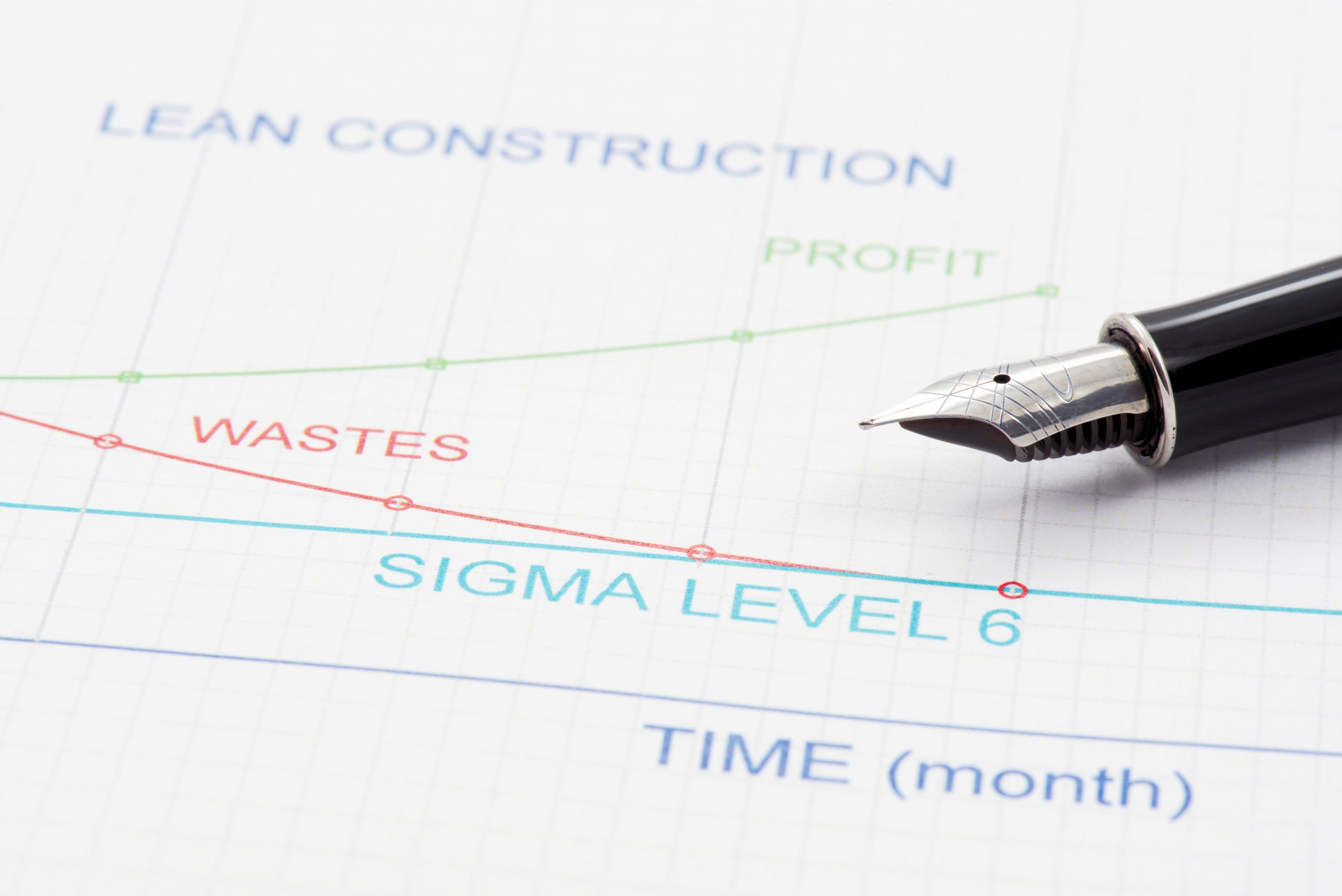Making a profit in construction is a balancing act. Firms are tasked with managing increasingly tight schedules and budgets, maintaining complex equipment, reducing theft and security risks, and eliminating materials waste. Meanwhile the labor shortage continues to worsen, making it difficult to find workers at all and more expensive to hire them.
According to a report by Transparency Market Research, the volume of construction waste generated worldwide every year could nearly double to 2.2 billion tons by 2025. And this figure only refers to material waste, such as plastics, metal, wood, shingles, asphalt and concrete. There’s plenty of waste in other areas, as well — namely, time spent on non-optimal activities such as fixing mistakes, looking for project data and resolving conflicts.
A 2018 PlanGrid survey found that construction workers lose almost two full working days each week solving avoidable issues and searching for project information. Almost half of all rework on U.S. construction sites (48%) is attributed to poor communication and inaccurate project data, and time spent on these unproductive activities account for about $177.5 billion in labor costs per year. That’s a lot of waste!
In an attempt to reduce costly waste on the jobsite, many construction firms are following the manufacturing industry’s lead and adopting lean methodologies in their construction processes. Such “Lean Construction” has emerged as a way to address the numerous challenges today’s construction firms face, and help them operate more efficiently and profitably.
Interestingly, construction cameras are a critical component of today’s lean jobsite, enabling more effective collaboration and communication throughout the project lifecycle, and helping to eliminate the mistakes and delays that result in wasted materials, time and resources.
What is Lean Construction?
The term “Lean Construction” was coined by the International Group for Lean Construction (IDLC) in 1993, but has its roots in Toyota’s Production System and Lean production methodologies which were developed for the manufacturing industry shortly after World War II.
Similar to Toyota’s Lean Manufacturing, the intent of Lean Construction methodologies is to minimize waste of time, materials and resources while producing the greatest value for the customer. It combines operational research with practical application to optimize design and construction processes.
Unlike manufacturing, construction is project-based, and typically doesn’t happen in a controlled environment. As a result, the requirements of a lean construction methodology may vary. But just like Lean Manufacturing, Lean Construction consists is based on a few core principles:
- Defining value. How does your client define value? To plan out your project in a way that best meets your customer’s needs, you need to not only understand what they want to build, but why. Knowing the purpose of the construction project can help inform decisions throughout the project lifecycle.
- Streamlined workflows. What workflow sequence will work best for this particular project? In what order should the various subcontractors perform their work? Are there building components that take longer to order or need to be built remotely? When will those be delivered? Create workflows that eliminate the risk of workers sitting idle, or interruptions that could cause schedule delays.
- Pull-planning. In construction, work is done sequentially — the completion of one task releases work on the next task. Pull-planning helps to eliminate downtime and keep project on-schedule by working backward from a milestone or completion target date to determine when work on each project phase begins and ends.
- Continuous improvement. The belief in continuous improvement is essential for lean construction to work. Construction firms should look for ways to make workflows and planning tighter and more efficient, and continually refine processes to eliminate waste and improve profitability.
How Construction Cameras Fit into Lean Construction Processes
You might not immediately think of construction cameras as a necessary part of Lean Construction. Surprisingly, they are critical to ensuring your lean methodologies and procedures work.
Construction cameras can capture live images and video and send it to project management software in real-time, enabling stakeholders to see what’s happening at any given time. In an instant, they can get information on current weather conditions, jobsite activities and project progress, and take steps necessary to address any potential issues. This reduces travel costs and the time it takes for stakeholders to weigh in on decisions that may impact schedules and costs.
Construction cameras have been shown to improve worker productivity, by keeping them on task and compliant with the workflows you’ve put in place. Simply having them visible on the jobsite keeps workers on-task and compliant with processes and regulations.
Finally, construction cameras provide video documentation that can be used for security investigations, and for justifying expenses or delays. Footage can be reviewed following project completion to identify ways in which your lean workflows and processes could be optimized further, enabling that continuous improvement that is essential to the successful application of Lean Construction methodologies.
The Right Camera for Lean Construction
Not all construction cameras are created equal. With integrations to leading construction project management software, Truelook construction cameras are ideal for Lean Construction methodologies. Every model includes live viewing, custom time-lapsing and 24/7 security recording, to help your jobsite run optimally and improve communication and collaboration throughout the project lifecycle. See a demo today.


